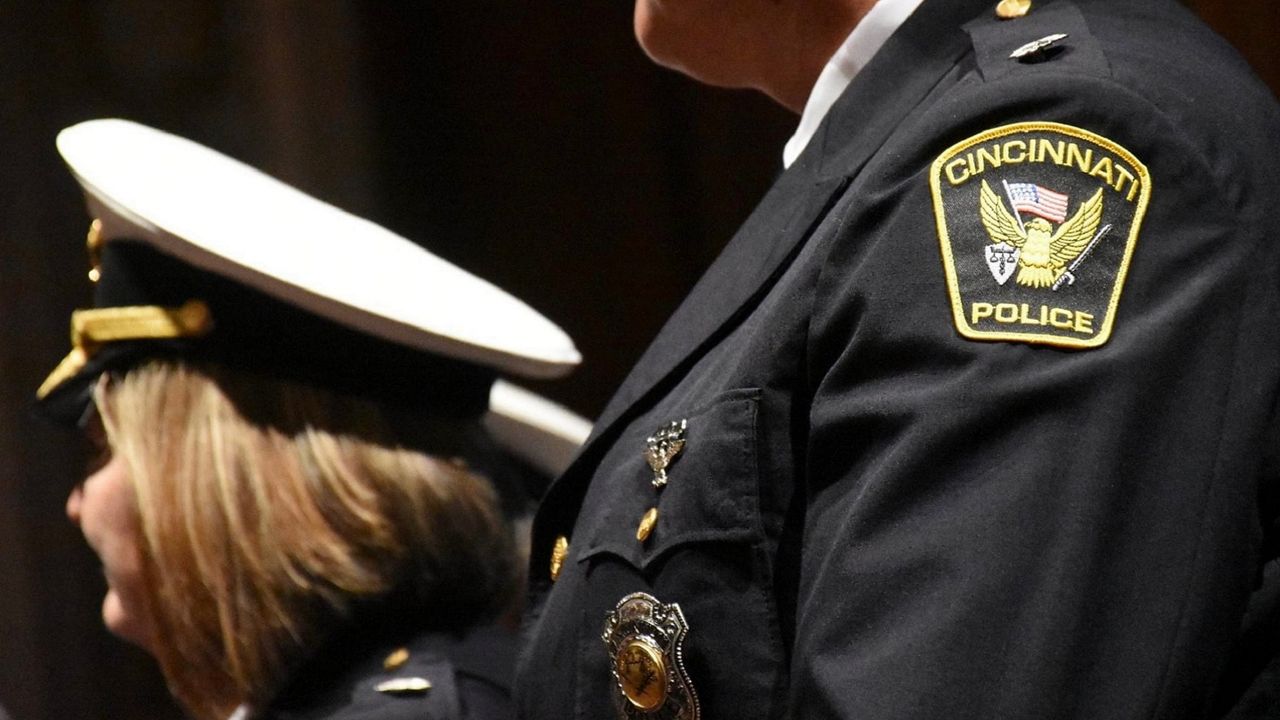CINCINNATI — The City of Cincinnati will host an open house Thursday to mark the 20th anniversary of its historic collaborative agreement, which became a national model for community-police relations.
What You Need To Know
- This April marks the 20th anniversary of the historic collaborative agreement
- It came about as the result of a class-action lawsuit alleging police brutality and biased policing by the Cincinnati Police Department
- The agreement became a national model for police-community relations
- Federal monitoring ended in 2008, but the city maintained its belief in the process and voluntarily decided to 'refresh' it
From noon until 2 p.m. at City Hall, participants will learn about the history of the agreement and discuss improvements made over community policing over the past two decades. They’ll also be able to ask questions about ongoing challenges facing Cincinnati.
The plan calls for the discussion of multiple aspects of local policing, including everything from equipment advances, current community problem-solving projects, officer recruitment and the Cincinnati Police Department’s work with young people.
The city will use the two-hour event—which will include a press conference as well—to outline plans to commemorate the collaborative agreement this summer. Tentative plans call for a series of information sessions and “community celebrations.”
Born in April 2002, the collaborative agreement is a byproduct of a resolution to a class-action lawsuit brought by the community organization Cincinnati Black United Front and American Civil Liberties Union of Ohio. The sides alleged racial discrimination and excessive force used by the CPD.
The Black United Front formed in 2000 as the community grappled with allegations of police brutality, leading to the deaths of more than a dozen Black men over five years.
In 2001, Cincinnati police shot and killed Timothy Thomas, an unarmed African American teenager, which sparked civil unrest in the city’s Over-the-Rhine neighborhood.
A federal district court established the collaborative agreement to bring both parties to the table. It set standards for an independent board to hear citizen complaints about alleged acts of police misconduct (Citizen Complaint Authority), established a community problem-oriented policing strategy, and required the collection of data on police activity, such as use of force, to ensure bias-free policing.
This agreement—and the subsequent work to institutionalize its recommendations—became a best-in-class model for communities throughout the nation.
Federal monitoring concluded in 2008. The city and the other parties agreed to continue working together, even though the formal collaborative agreement had ended.
This plan, filed in U.S. District Court, aimed to serve as a “guide in the ongoing, continuous effort to improve police-community relations as envisioned by the (agreement), ‘ the document reads.
In June 2017, the city voluntarily revisited the agreement with what it called a “refresh” process.
The death of George Floyd in 2020 once again shined a bright spotlight on Cincinnati as local protests resulted in questions about police funding and some of CPD’s enforcement strategies.
Since taking office in January, Mayor Aftab Pureval has spoken multiple times about the city’s commitment to the collaborative agreement and ensuring its foundations remain strong.
In February, Pureval announced a new partnership with Iris Roley, a founder of the Black United Front, to facilitate community engagement and to “push forward the mission of the collaborative agreement and the refresh.”
In a release, the city said the “refresh remains in place” to “evaluate and strengthen products put into place in 2002,” the release said. “Twenty years later, the City continues to reinforce the (collaborative agreement).”



